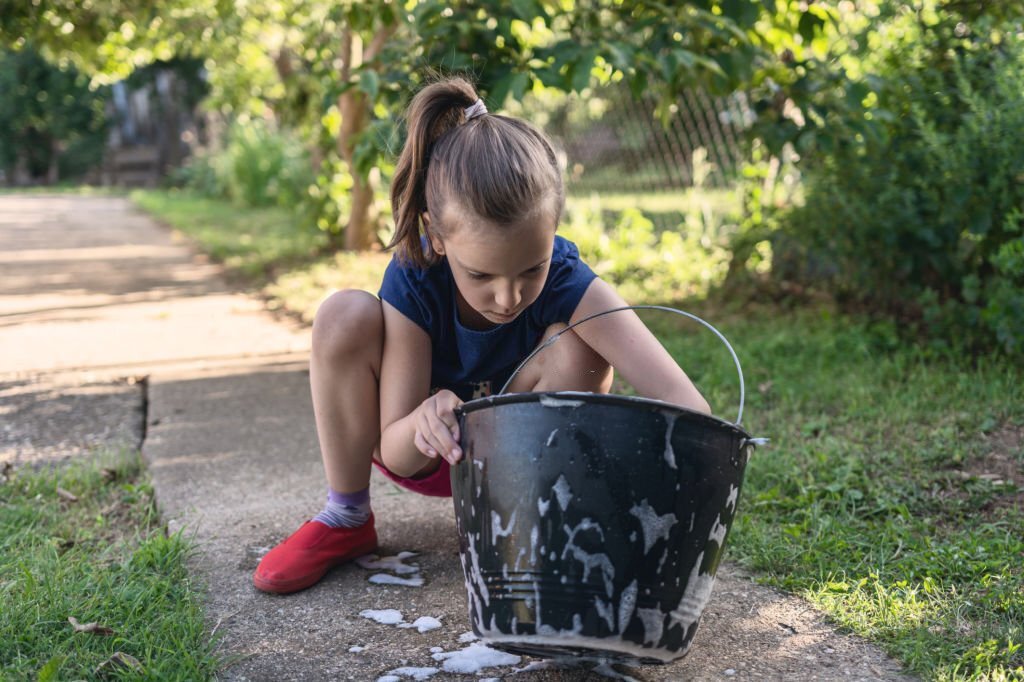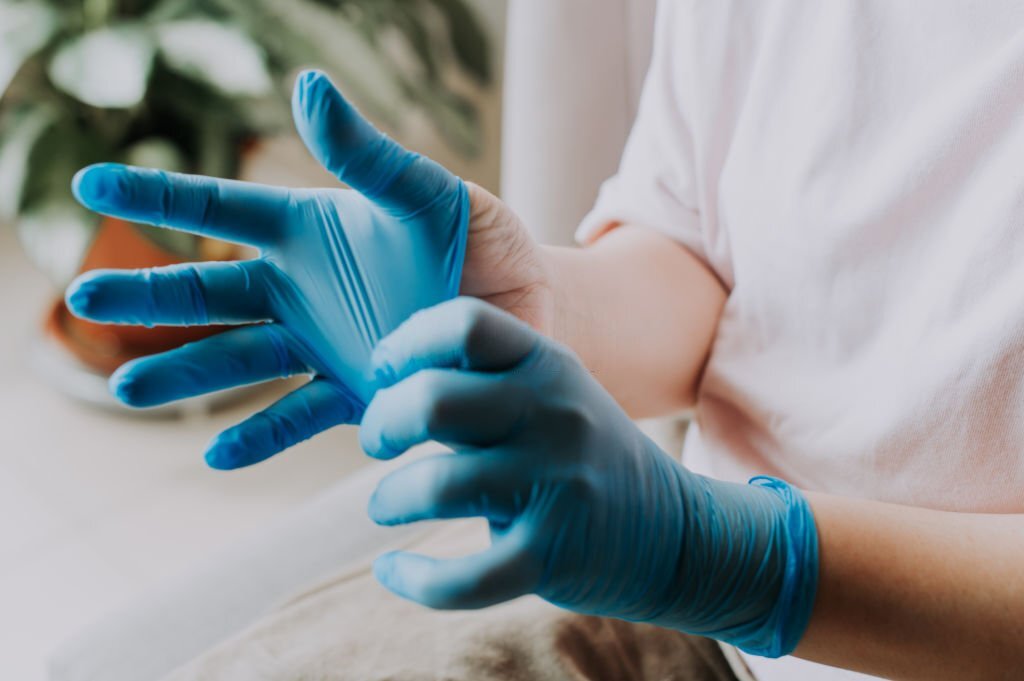How to Clean Poison Ivy | A Comprehensive Guide
Poison ivy’s seemingly harmless leaves harbor a potent threat—urushiol, a toxic oil that triggers severe skin irritation. That’s why understanding how to clean poison ivy properly is a vital shield against the unwelcome aftermath of its touch. This comprehensive guide unravels the art of mastering poison ivy cleanup, offering step-by-step instructions, expert insights, and essential safety precautions.

Garden Tools You Will Need
- Sturdy gardening gloves to protect hands from contact with toxic oils.
- Long sleeves and pants for an extra layer of skin protection.
- Goggles or protective eyewear to shield eyes from airborne particles.
- A large plastic tub or bucket for a dedicated cleaning station.
- Grease-fighting detergent with emulsifying properties to break down poison ivy oils.
- A scrub brush for effective residue removal.

How to clean poison ivy: Step-by-step Guide
Step 1: Prepare and Protect
Before cleaning, ensure your safety by wearing appropriate protective attire. Long sleeves, pants, gloves, and goggles are indispensable in safeguarding your skin and eyes against the hazardous oils of poison ivy. By wearing these essential items, you create a robust barrier that prevents accidental contact, allowing you to approach the task confidently and without exposure.
Step 2: Create a Cleaning Station
Create a designated cleaning zone by arranging a spacious plastic tub or bucket. Infuse it with hot water and introduce emulsifying detergent. The fusion of hot water and emulsifying detergent orchestrates a synergistic assault on the persistent poison ivy oils, simplifying their effective elimination during the cleaning process. This methodically arranged station streamlines the entire procedure, enabling you to concentrate on systematically eradicating all remnants of poison ivy.

H4: Step 3: Scrub and Clean
Immerse the contaminated tools, clothing, or other items in the soapy water, allowing them to soak briefly. Utilize a scrub brush to meticulously clean surfaces, ensuring you thoroughly remove all traces of poison ivy. This diligent scrubbing process eliminates the toxic oils, preventing potential future exposure.
Step 4: Rinse and Repeat
After scrubbing, rinse the items with clean water to remove any remaining soap and debris, ensuring they are thoroughly cleaned. Take an extra step for tools by wiping them down with isopropyl alcohol. This step effectively neutralizes any residual poison ivy oils, providing an extra shield against potential future exposure and ensuring a higher level of protection.

Step 5: Personal Clean-Up
Wrap up the thorough cleaning procedure by methodically removing your protective attire, ensuring that any potential traces of contamination are effectively eliminated. Wash your hands and body thoroughly with soap and water, paying special attention to areas that might have been exposed to the poison ivy. This meticulous clean-up ensures that you minimize the risk of any potential skin contact or further contamination.
Precautions while Cleaning Poison Ivy
Avoid Bare Skin Contact
When tackling poison ivy, never underestimate the power of protective clothing. Cover your skin from head to toe, ensuring no room for urushiol, the plant’s rash-causing oil, to sneak in. Long sleeves, pants, gloves, and even a hat become your armor. Remember, an extra layer of clothing might save you from days of itchiness.

Choose Appropriate Footwear
Before you face the enemy, armor up your feet. Opt for sturdy boots that provide ample coverage, shielding your skin from accidental contact with poison ivy-infested grounds. Steer clear of open-toed footwear; instead, let closed shoes or boots be your trusted companions on your outdoor adventures.
Use Disposable Cleaning Materials
Tread carefully with your cleanup tools. Once they’ve come in contact with poison ivy, they can be potent carriers of urushiol. Consider using disposable gloves, wipes, or cloths to clean contaminated surfaces. This way, you can discard the materials after use, avoiding potential recontamination.

Wash Your Hands Thoroughly
After your poison ivy encounter, don’t rush to touch anything else – especially your face! Wash your hands vigorously with soap and cold water. This can help eliminate lingering urushiol, preventing its accidental spread to other parts of your body or objects you touch.
Be Mindful of Contaminated Objects
Remember that the plant’s resin, urushiol, is persistent. If you’ve come into contact with poison ivy, be cautious with anything you’ve touched, including your clothes, tools, or accessories. Cleanse them thoroughly to avoid secondary exposure. A little vigilance can go a long way in preventing the rash’s unwelcome arrival.

FAQs
Can poison ivy spread through the air?
Poison ivy doesn’t spread through the air, but its harmful oil, urushiol, can become airborne if the plant is burned. Inhaling urushiol particles from burning poison ivy can lead to severe respiratory irritation. Never burn poison ivy to avoid this, and be cautious around potential exposure sources.
What are the symptoms of poison ivy exposure?
Exposure to poison ivy can trigger a reddish, itchy rash that commonly arises in streaks or patches. Blisters and swelling may accompany, accompanied by intense itching. These symptoms usually appear within 12 to 72 hours after encountering the plant or its resin, urushiol.
How should I clean tools after working in an area with poison ivy?
Use isopropyl alcohol or specialized cleaning products to wipe down your tools thoroughly. Ensure you clean visible areas and handles and crevices where urushiol might hide. Dispose of cleaning materials and wear gloves to avoid direct contact with the oil. These steps will minimize the risk of unintentional exposure.
Conclusion
Mastering how to clean poison ivy isn’t just a chore; it’s a vital skill that safeguards your environment. With the insights offered in this comprehensive manual, you now possess the knowledge to effectively rid your garden of this notorious plant while ensuring its well-being. So, you need to be armed with newfound knowledge and a dash of prudence to venture onward to maintain a lush, poison-ivy-free sanctuary.
Related Articles